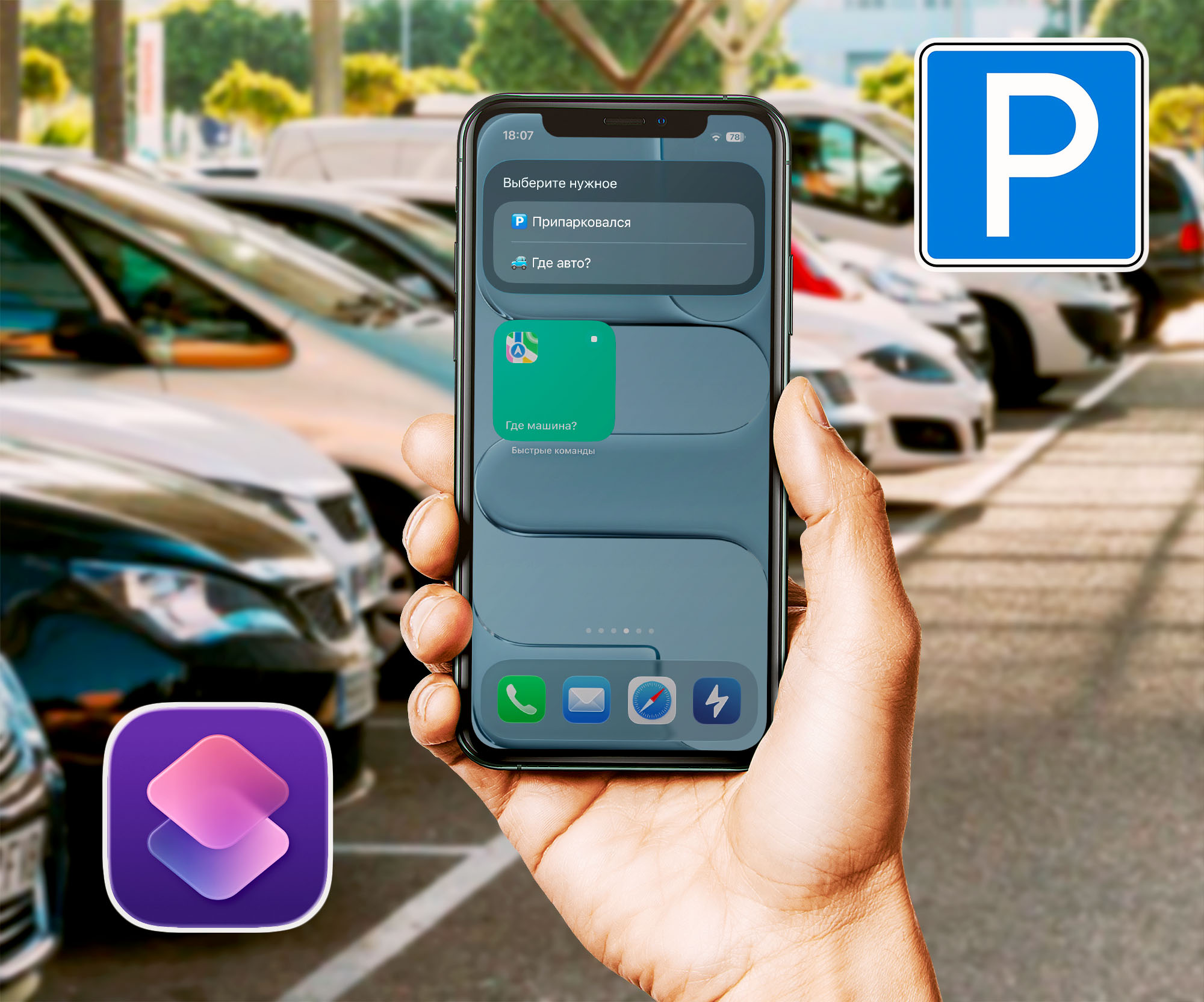new annular solar eclipse will take place this Wednesday, October 2, and will result in a spectacular spectacle. “ring of fire”. This phenomenon will delight both astronomy buffs and the curious, as it will allow the Moon to be seen aligning with the Sun without completely obscuring it. This will allow you to see a glowing ring around you.
The event in question will be similar to what already happened in October last year and was observed mainly from Mexico and the United States. In this case, the ring of fire could be fully appreciated from the southern tip of the American continent; specifically in Chile and Argentina. However, the eclipse will also be partially visible from other countries in South America and several islands in the South Pacific.
In the case of Argentina, the annular solar eclipse will be fully visible from the province Holy Crossin Patagonia. Meanwhile, on the other side of the Andes will be the Chilean region Aisen where the ring of fire will be appreciated in its entirety.
Portal Time and date offers some pretty detailed information about the annular solar eclipse taking place on October 2 this year. It includes a map showing the part of Patagonia from which the Ring of Fire can be seen, as well as a list of areas where the eclipse will be visible. different levels of bias.
For those not in Argentina or Chile, the solar eclipse can be partially seen from Bolivia, Peru, Ecuador, Brazil, Uruguay, Peru, Falkland Islands, Georgia and the South Sandwich Islands, Tonga, Fiji, American Samoa, French Polynesia and New Zealand and other.
What time will the ring of fire be visible?
The solar eclipse will begin to be partially visible in some regions starting at 12:43 Argentine and Chilean time. In both South American countries it will not start until 15:57, reaching the maximum point of the ring band. between 17:22 and 17:24depending on location.
The ring of fire will be visible in all its glory for 3 to 7 minutes, which also varies depending on where the audience is located. In Chile the eclipse will end at 18:44, and in Argentina at 18:46.
It is estimated that about 245 million people around the world will be able to at least partially experience the annular solar eclipse on October 2. However, the lucky ones who will be able to observe the entire ring of fire will be much smaller; some 175,000approximately.
For others, the most realistic option to see the ring of fire will be a live stream on YouTube. Closer to this time, several channels will likely be broadcasting the solar eclipse from regions where it will be visible in full.
The next annular solar eclipse will occur only February 17, 2026. Although this time it will be partially visible from South America, the southern African continent and the Indian Ocean. However, the ring of fire can only be seen from certain areas of Antarctica.
Source: Hiper Textual













